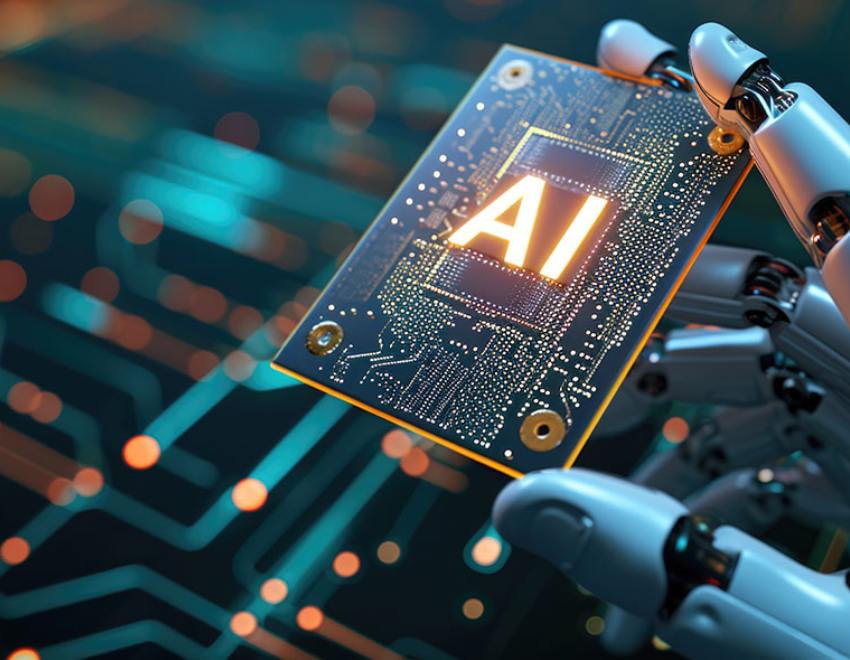What Companies Should Know About The Rise Of AIoT
The Internet of Things has created a global revolution by making technology accessible and affordable, by connecting to various devices, it has made human life much easier, but now a new revolution is about to unfold that can elevate the impact of IoT to a whole another level.
Artificial Intelligence is not a new term, it has been toiled around the market for a while, even if people don’t understand how it works or what it does. People more or less are aware of it, but have they heard of the term AIoT, which is generally defined as Artificial Intelligence of Things (AIoT), Imagine if IoT is the linking of devices, peripherals, smart appliances, Wifi-equipment and Bluetooth devices, among other things, to a network to gain insights, AIoT, is simply put involving Artificial Intelligence into the whole picture.
IoT manages the connectivity while Artificial Intelligence injects intelligence into it, an easy-to-understand analogy would be that if IoT is the nervous system then AIoT is the brain.
Use Cases of AIoT
A typical AIoT device has AI incorporated into the elements—be it programs or chipsets—on the IoT network. This allows application programming interfaces (APIs) to exchange information or data so that the applications “talk to each other”.
AIoT provides intelligence to your connectivity, but how can you use it?
Facing Challenges: Risks, Costs, and Growth
Change is never easy. Moving from old to new data management has its challenges.
Here are the main ones:
- Risk : Ignoring old systems can lead to problems like security issues, higher costs, and lost opportunities.
- Cost : Quickly replacing old systems with new ones might seem good, but it's expensive. We need to think about costs and benefits carefully.
- Growth : New data management tools should be able to handle our growing needs. They should also work well with different data sources.
The Role of AI
AI is a big part of modern data management. It's great for cleaning up data and analyzing it. But it also adds to the data overload. We're still figuring out how to manage all this data effectively and affordably.
Moving Towards the Future
Every new idea has its hype. But the real future lies in a mix of old and new. We need to balance our excitement for new tech with the reality of our old systems. With the right approach, we can move smoothly towards modern data management without losing any important data.

